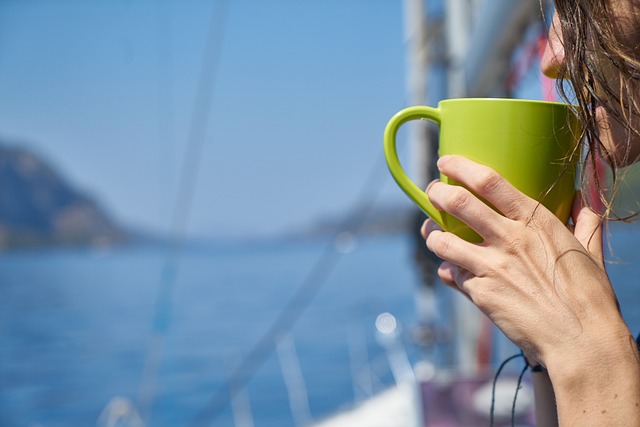Traveling abroad is an exciting adventure, but it can sometimes bring an unpleasant companion: traveler’s diarrhea.
This common ailment, known as “Montezuma’s Revenge” or “Delhi Belly,” often strikes when we consume contaminated or unfamiliar food or water in foreign lands.
In this blog post, we’ll explore the symptoms of traveler’s diarrhea and share some straightforward tips on how to alleviate them.
Symptoms of Traveler’s Diarrhea
1. Diarrhea
The most recognizable symptom is frequent and watery bowel movements. It can range from mild to severe.
2. Abdominal Cramps
Many folks with traveler’s diarrhea experience tummy pain or cramps.
3. Nausea and Vomiting
Some unlucky travelers may feel queasy or even vomit along with the diarrhea.
4. Fever
A low-grade fever can sometimes accompany traveler’s diarrhea.
5. Malaise
You might also feel generally unwell, tired, and weak.
How to Ease Traveler’s Diarrhea
1. Stay Hydrated
Diarrhea can quickly lead to dehydration, so drink lots of fluids. Oral rehydration solutions with electrolytes are excellent for replacing lost fluids. Avoid alcohol and caffeine, as they can make dehydration worse.
2. Rest
Give your body the chance to heal by getting plenty of rest. Diarrhea can wear you out, so take it easy.
3. Over-the-Counter Medications
You can use over-the-counter medicines like loperamide (Imodium) to control diarrhea. Just be careful and don’t use them if you have a high fever or bloody stools, as they can sometimes make the infection worse.
4. Antibiotics
In severe cases, your doctor might prescribe antibiotics to treat traveler’s diarrhea. Always follow your doctor’s advice.
5. Avoid Risky Foods and Drinks
Stay away from street food, undercooked meat and seafood, and tap water in places where it’s not safe. Stick to bottled water, well-cooked food, and fruits you can peel yourself.
6. Keep Those Hands Clean
Wash your hands with soap and clean water regularly, especially before meals and after using the restroom.
7. BRAT Diet
Try the BRAT diet (bananas, rice, applesauce, and toast) to soothe your stomach and provide some nutrients without upsetting your tummy.
8. Skip Dairy and Spicy Foods
Dairy and spicy dishes can irritate your stomach, so it’s best to avoid them while you’re healing.
9. Seek Medical Help When Necessary
If your symptoms are severe, don’t go away, or you notice high fever, bloody stools, or signs of dehydration (like a dry mouth, dark urine, or dizziness), seek medical attention promptly.
Remember, traveler’s diarrhea usually gets better on its own within a few days. While it can be an inconvenience during your travels, taking precautions like being careful about what you eat and drink can help prevent it in the first place.
Have a trip with good digestion even if you eat as much as you want!

